Scientists use a multimodal approach that combines hard X-ray computed tomography and X-ray fluorescence imaging to see the structure and chemical processes inside of a single cell.
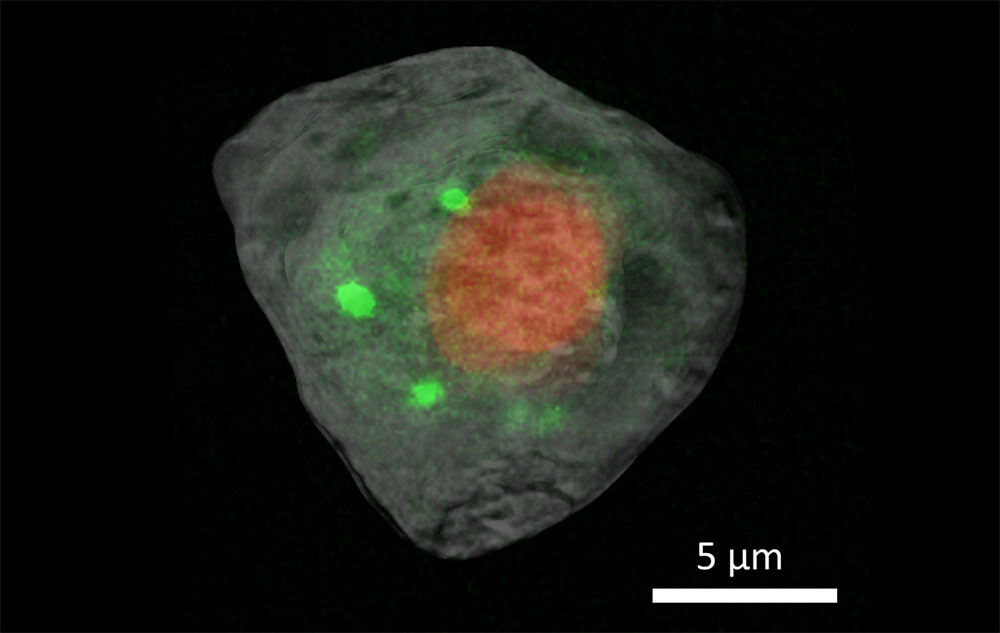
news, journals and articles from all over the world.

Scientists use a multimodal approach that combines hard X-ray computed tomography and X-ray fluorescence imaging to see the structure and chemical processes inside of a single cell.
Cicada’s cries ring out in the hot air and their discarded exoskeletons decorate tree branches in the southeast and midwest United States at the height of summer. While their ability to emerge in huge numbers is astounding, they have other surprising features too. In fact, their wings kill bacteria on contact and are self-cleaning. Researchers using the Department of Energy’s (DOE) Oak Ridge National Laboratory and Brookhaven National Laboratory user facilities investigated this bizarre phenomenon. They learned how structures in the cells are able to pull off such a feat and how it could be used in medical applications.
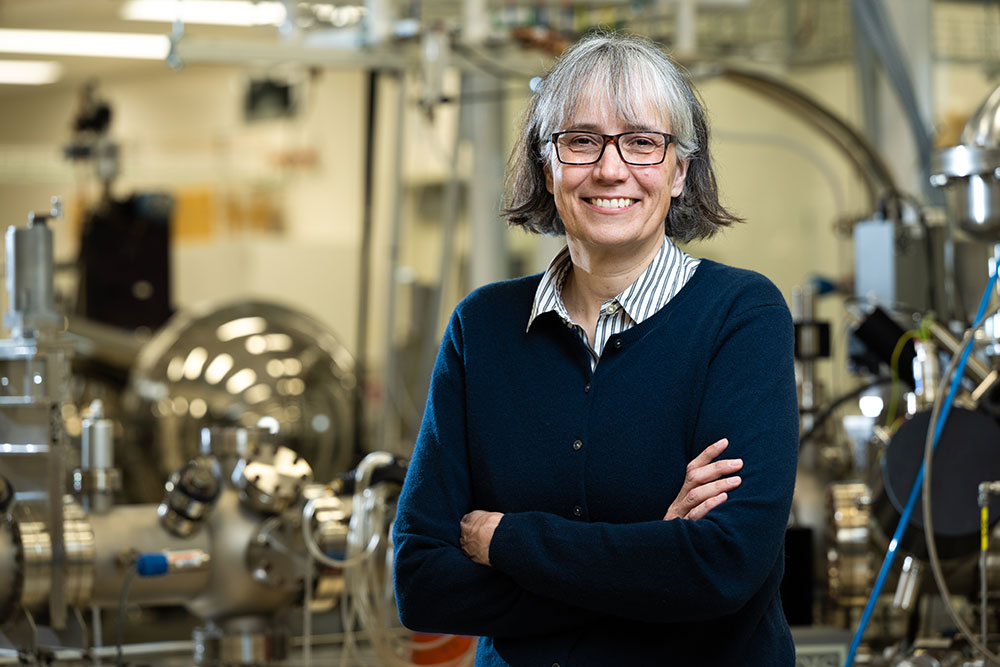
UPTON, N.Y. — Elke Arenholz, a renowned scientist known for her expertise in magnetic materials and X-ray spectroscopy, scattering, imaging, and instrument development, has been named director of the National Synchrotron Light Source II (NSLS-II), a U.S. Department of Energy (DOE) Office of Science user facility at DOE’s Brookhaven National Laboratory, effective August 2024.
Jessica Curran earned fourth prize in the plant science category at Regeneron International Science and Engineering Fair 2024
Scientists have uncovered the properties of a rare earth element that was first discovered 80 years ago at the very same laboratory, opening a new pathway for the exploration of elements critical in modern technology, from medicine to space travel.
João Barata, a physicist in the Nuclear Theory Group at the U.S. Department of Energy’s (DOE) Brookhaven National Laboratory, has received a fellowship at CERN, the European Organization for Nuclear Research. In October 2024, Barata will begin the three-year-long appointment in CERN’s Department of Theoretical Physics.
The U.S. Department of Energy’s (DOE) Electron-Ion Collider (EIC), a unique international particle collider being constructed to explore the building blocks of matter at the smallest scale, will get a significant boost from colleagues in the United Kingdom (UK).
Scientists from the Center for Aerosol Measurement Science (CAMS) at the U.S. Department of Energy’s (DOE) Brookhaven National Laboratory hosted the center’s first calibration activities on Nov. 30 and Dec. 1.
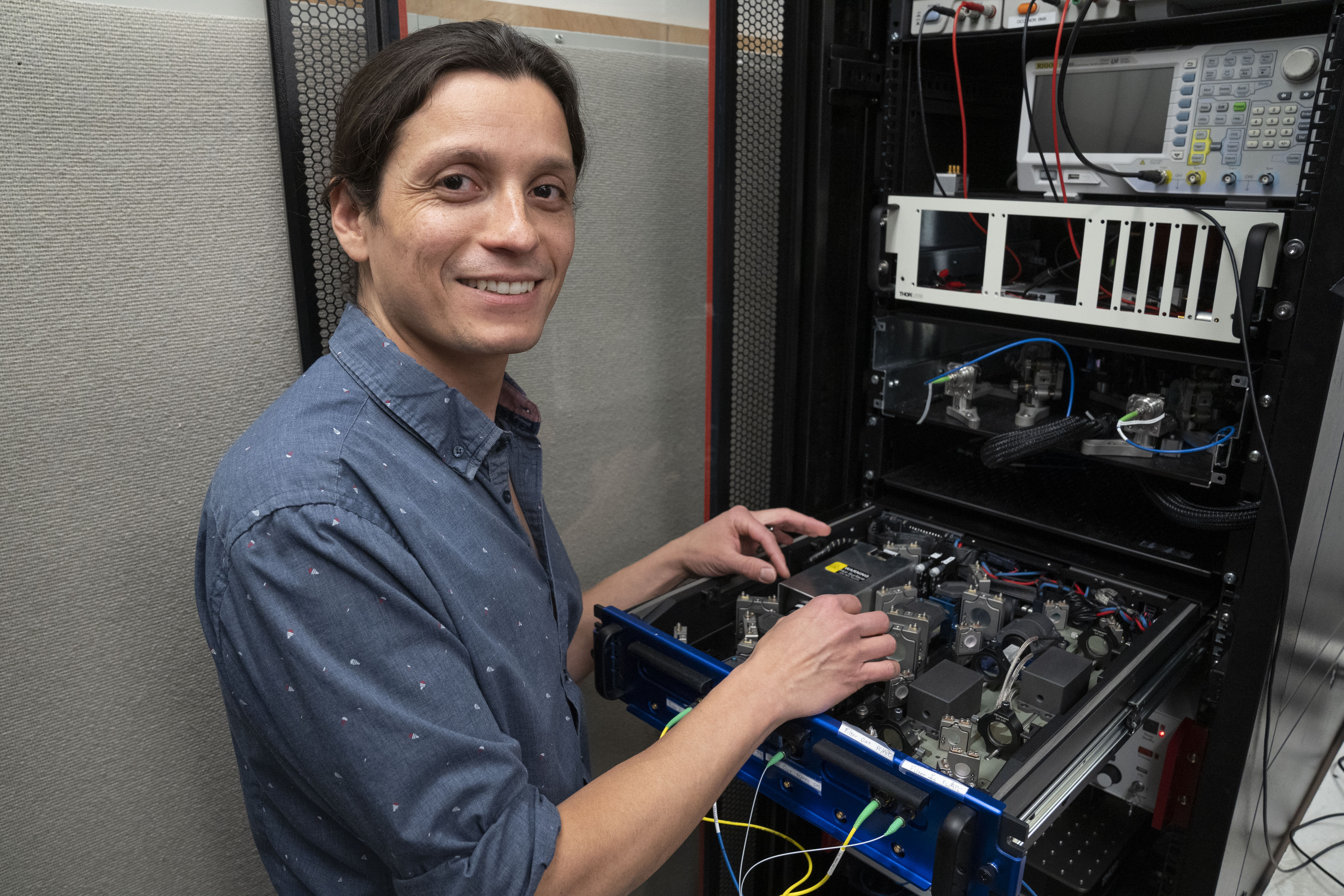
Julian Martinez-Rincon, a quantum scientist at the U.S. Department of Energy’s (DOE) Brookhaven National Laboratory, has been elected vice chair of the Standards & Performance Metrics Technical Advisory Committee (TAC) of the Quantum Economic Development Consortium (QED-C).
The U.S. Department of Energy (DOE) today announced $264 million in funding for 29 projects to develop solutions for the scientific challenges underlying DOE’s Energy Earthshots™ Initiative to advance clean energy technologies within the decade. The funding will support 11 new Energy Earthshot Research Centers led by DOE National Laboratories and 18 university research teams addressing one or more of the Energy Earthshots™ that are focused on six different areas, including industrial decarbonization, carbon storage, and offshore wind. The Department launched the Energy Earthshots Initiative to spur decarbonization efforts that will help the United States meet President Biden’s ambitious climate and clean energy goals, including a 50% reduction in carbon emissions by 2030 and a net-zero carbon economy by 2050.
Today, the U.S. Department of Energy (DOE) announced $73 million in funding for eleven projects which focus on the goal of accelerating the transition from discovery to commercialization of new technologies that will form the basis of future industries.
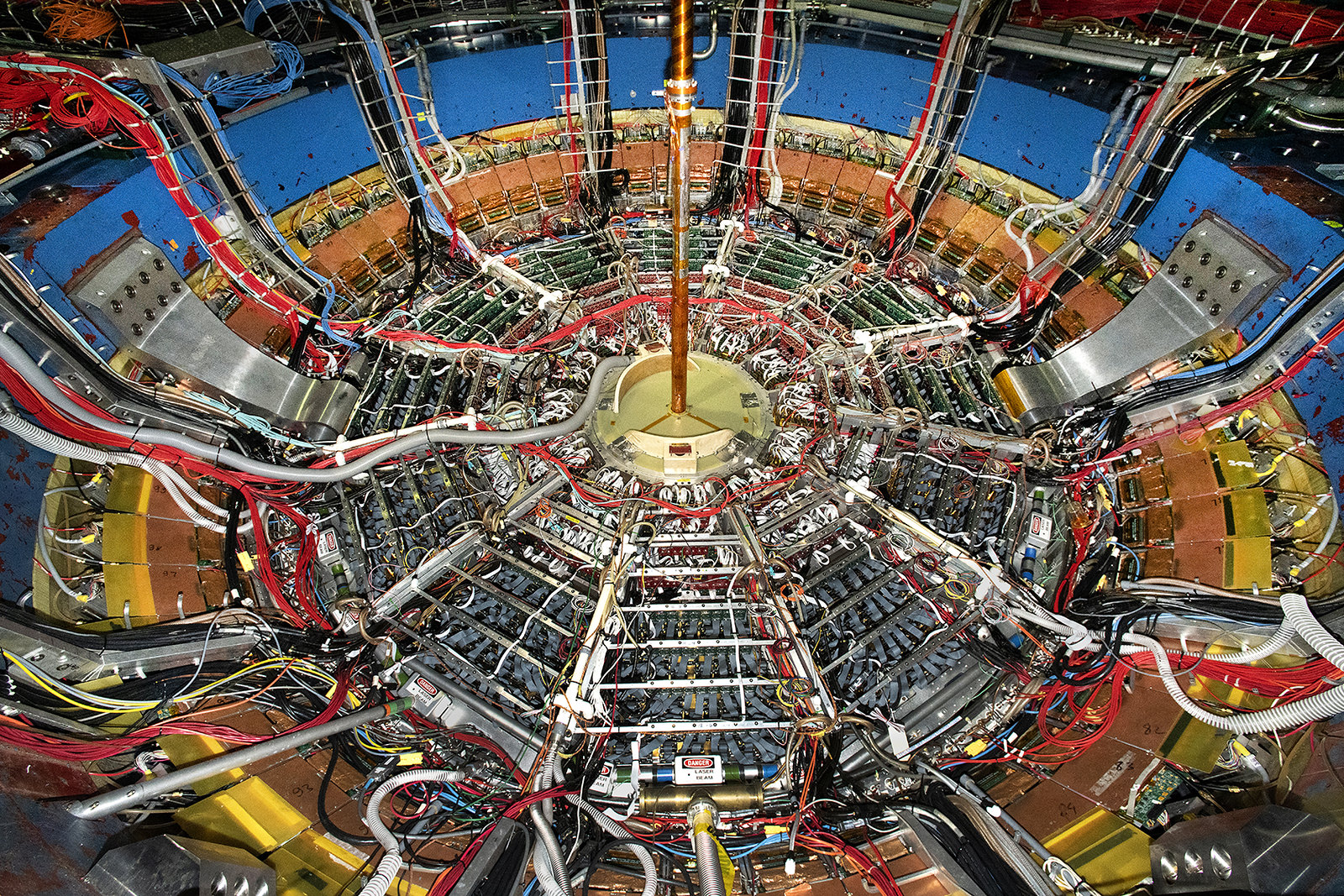
Physicists analyzing data from gold ion smashups at the Relativistic Heavy Ion Collider (RHIC), a U.S. Department of Energy (DOE) Office of Science user facility for nuclear physics research at DOE’s Brookhaven National Laboratory, are searching for evidence that nails down a so-called critical point in the way nuclear matter changes from one phase to another.
Chemists at the University of Kansas and Brookhaven National Laboratory have unraveled the entire reaction mechanism for a key class of water-splitting catalysts. Their work could help pure hydrogen be produced from renewable energy sources such as solar power.
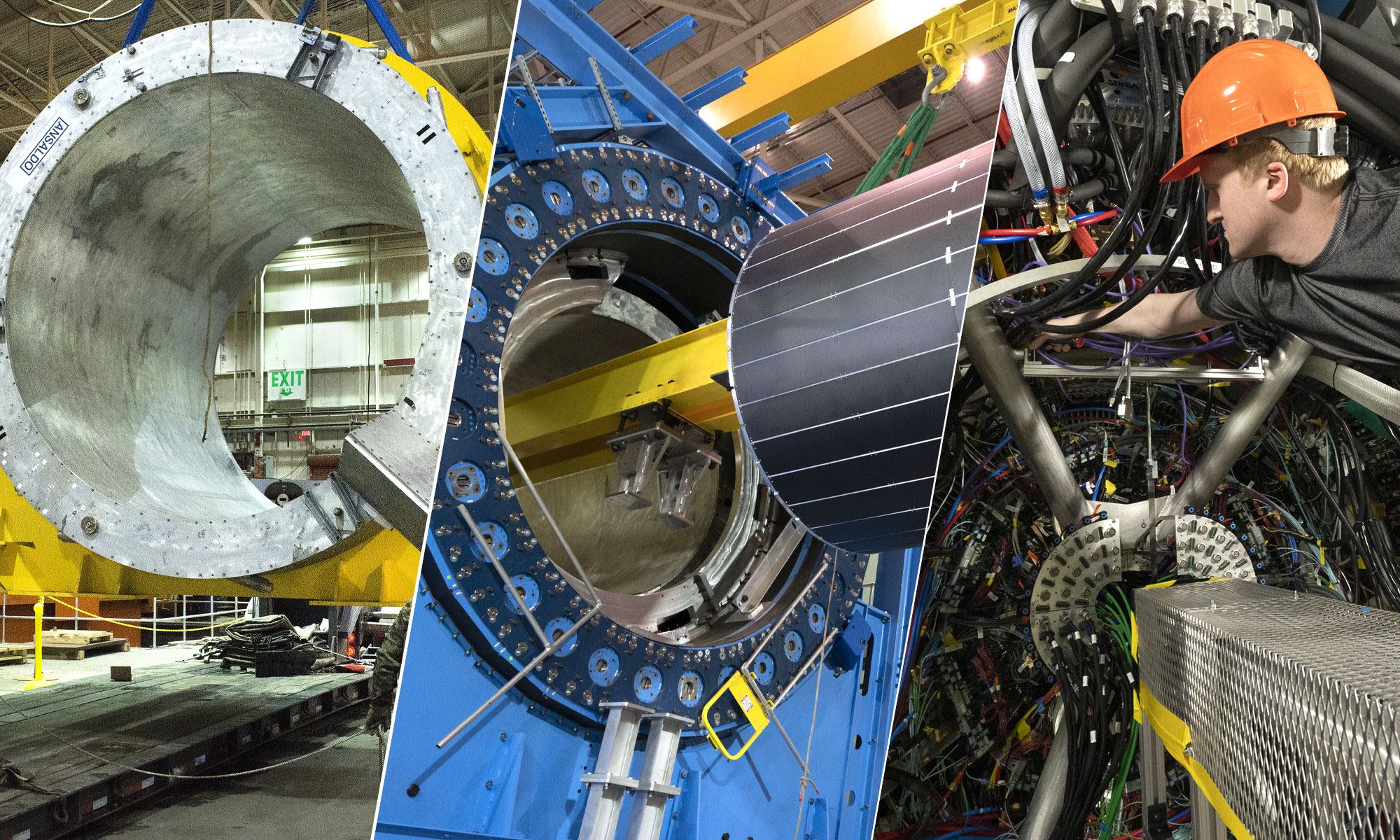
The state-of-the-art sPHENIX detector is fully assembled and gearing up to grab particle collision snapshots. The completion of assembly marks the detector’s transition from a construction project to running experiment at the Relativistic Heavy Ion Collider (RHIC), a U.S. Department of Energy Office of Science user facility for nuclear physics research at Brookhaven National Laboratory.
Mary Bishai, a distinguished scientist at the U.S. Department of Energy’s (DOE) Brookhaven National Laboratory, has been elected co-spokesperson of the Deep Underground Neutrino Experiment (DUNE). In her new role, Bishai will lead DUNE’s 1,400-member international collaboration—the largest neutrino collaboration in the world.

Scientists using the Relativistic Heavy Ion Collider (RHIC) to study some of the hottest matter ever created in a laboratory have published their first data showing how three distinct variations of particles called upsilons sequentially “melt,” or dissociate, in the hot goo.
The U.S. Department of Energy (DOE) and the National Aeronautics and Space Administration (NASA) are working together to develop a science instrument that will survive the harsh and unforgiving environment of the nighttime lunar surface on the far side of the Moon to attempt first-of-its-kind measurements of the so-called Dark Ages of the Universe.
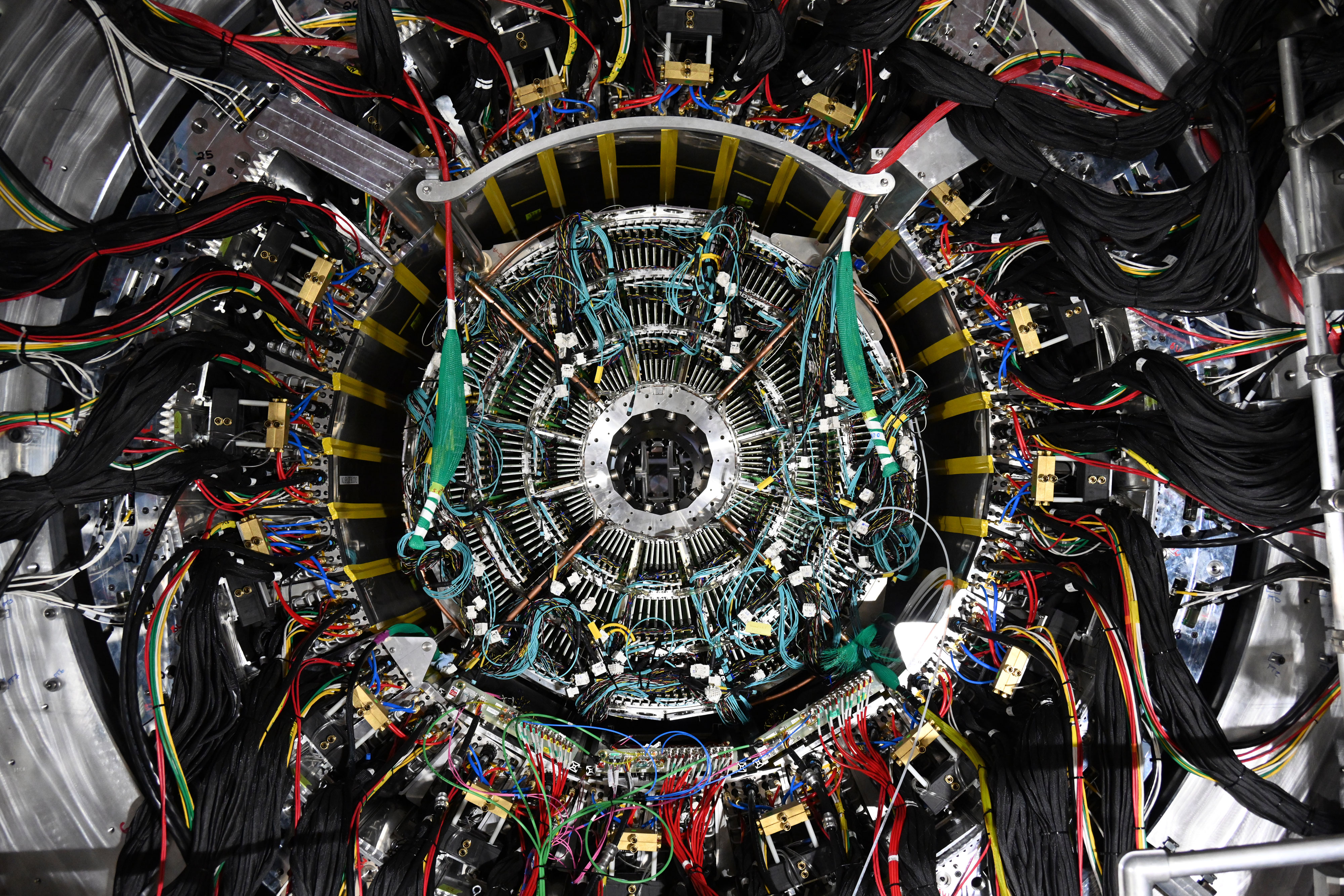
Experts assembling sPHENIX, a state-of-the-art particle detector at the U.S. Department of Energy’s Brookhaven National Laboratory, successfully installed a major tracking component on Jan. 19. The Time Projection Chamber, or TPC, is one of the final pieces to move into place before sPHENIX begins tracking particle smash-ups at the Relativistic Heavy Ion Collider (RHIC) this spring.
UPTON, NY—Scientists at the U.S. Department of Energy’s (DOE) Brookhaven National Laboratory have successfully demonstrated that autonomous methods can discover new materials. The artificial intelligence (AI)-driven technique led to the discovery of three new nanostructures, including a first-of-its-kind nanoscale “ladder.
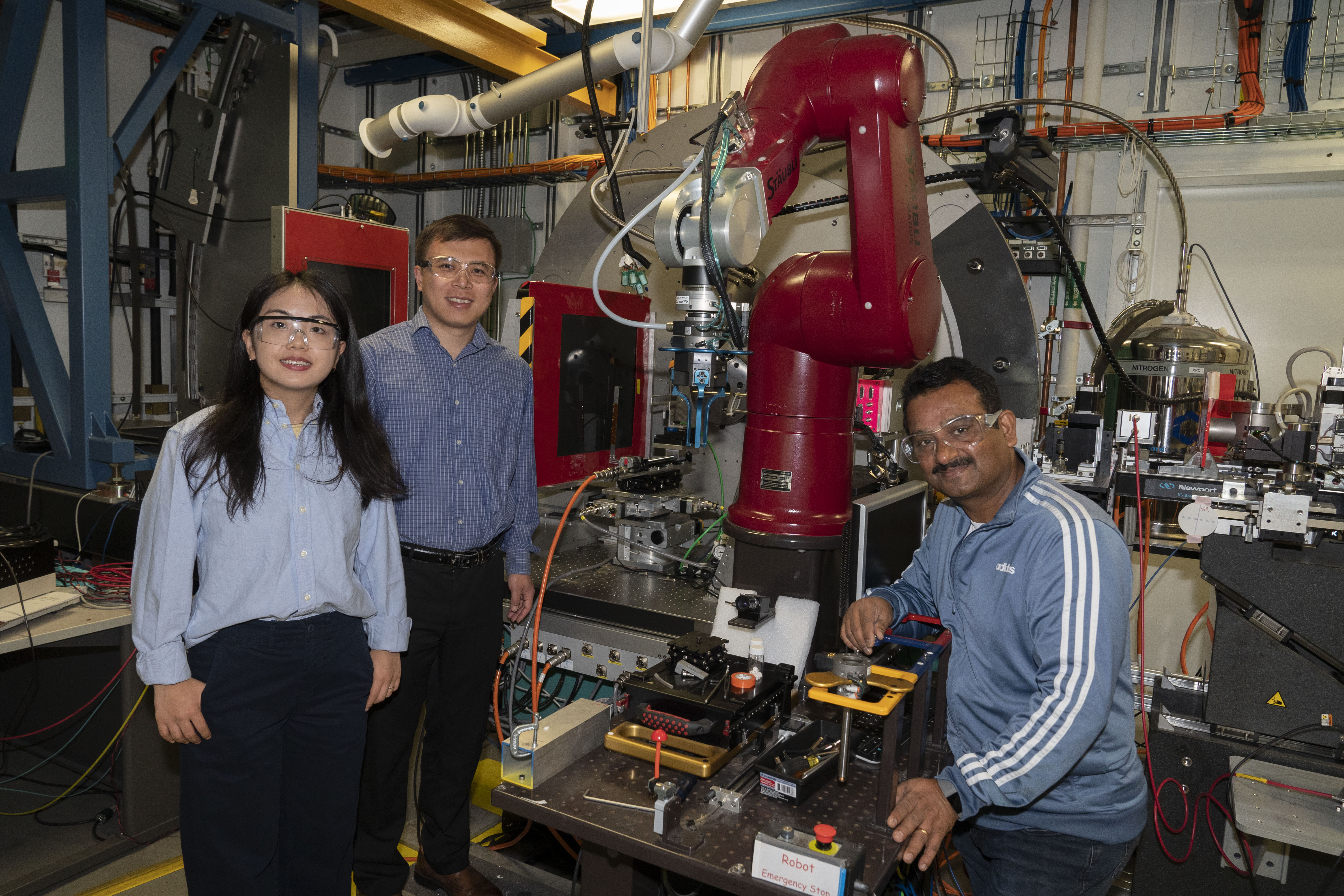
A team of scientists led by chemists at the U.S. Department of Energy’s Brookhaven National Laboratory and Pacific Northwest National Laboratory has unraveled the complex chemical mechanisms of a battery component that is crucial for boosting energy density: the interphase.

The U.S. Department of Energy’s Brookhaven National Laboratory has named Luisella Lari as Project Manager for the Electron-Ion Collider (EIC)—a one-of-a-kind nuclear physics research facility that will offer a closer look at the building blocks of matter—effective Oct. 3, 2022.
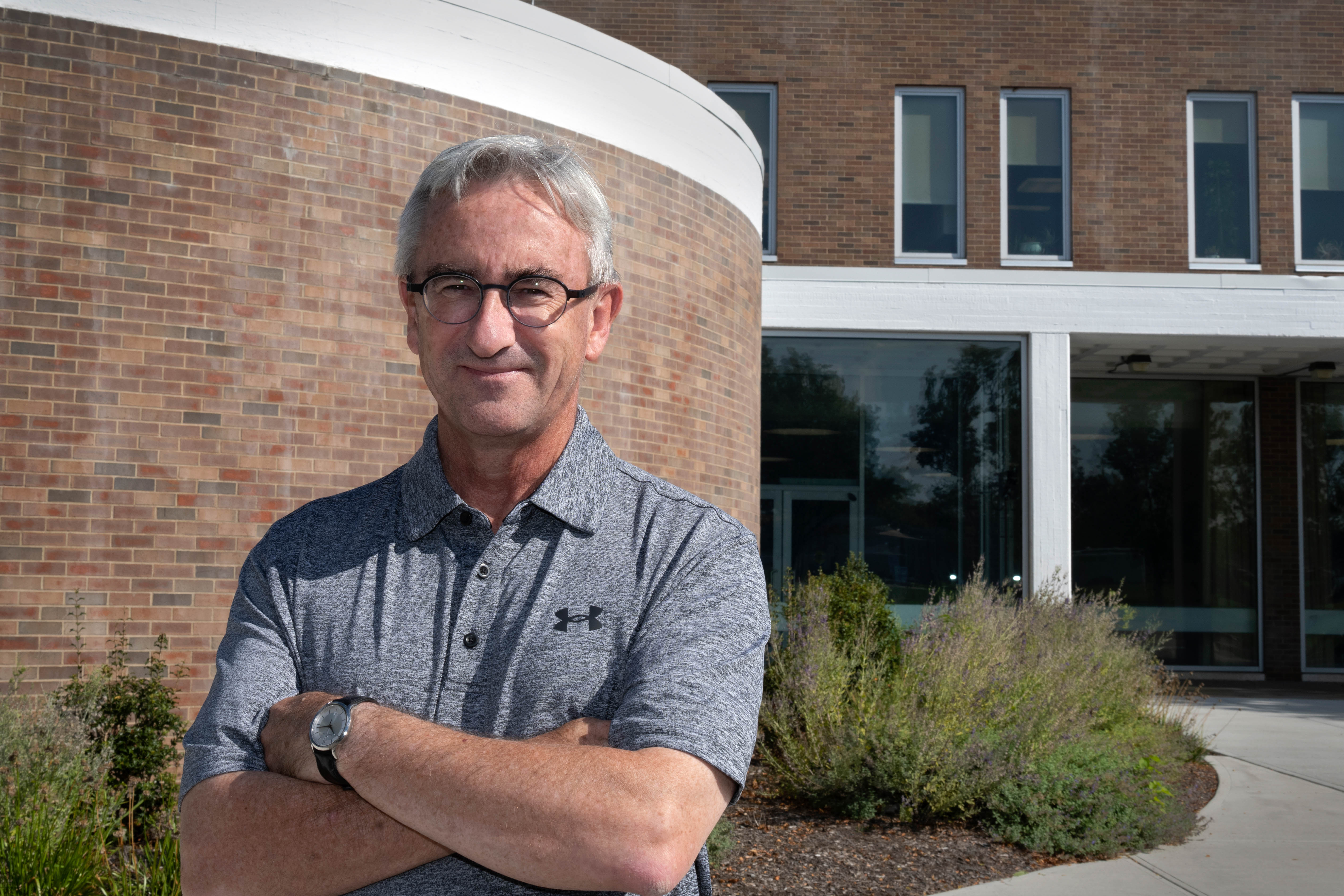
John C. Gordon has been named Chemistry Division Chair at the U.S. Department of Energy’s (DOE) Brookhaven National Laboratory, effective Sept. 12, 2022.
Meet Kayla Hernandez: Electrical Engineer Helps Send Particle Beams Into RHIC
A process for making hybrid organic-inorganic materials (photoresists) sensitive to extreme-ultraviolet (EUV) light is one of two technologies that won the 2021 National Labs Accelerator Pitch Event. This technology—developed at the Center for Functional Nanomaterials (CFN), a U.S. Department of Energy (DOE) Office of Science User Facility at Brookhaven National Laboratory—could be used for next-generation semiconductor manufacturing by EUV lithography.
Scientists at Brookhaven National Laboratory developed a software toolkit that reconstructs and isolates neutrino data in 3D. This software directly enabled the long-awaited findings from the MicroBooNE experiment released today by Fermilab in four complementary analyses. The Wire-Cell team at Brookhaven Lab led one of the four analyses—the most sensitive analysis of the electron-neutrino interaction. Some components of the Wire-Cell toolkit were also used in the other three analyses.
The protective coatings are intended to extend the lifetime of the materials for applications in nuclear physics facilities.
In pursuit of diversifying the STEM education system, academic and research institutions on Long Island have come together to support emerging STEM professors from underrepresented minority groups. The newly formed collaboration, called the Alliances for Graduate Education and the Professoriate (AGEP) Predominately Undergraduate Institutions (PUI), includes Stony Brook University, Suffolk County Community College, Farmingdale State College, and Brookhaven National Laboratory.
Scientists have reported new clues to solving a cosmic conundrum: How the quark-gluon plasma – nature’s perfect fluid – evolved into the building blocks of matter during the birth of the early universe.
Advances in artificial intelligence, specifically reinforcement learning, are proving beneficial to accelerating the pace of data-intensive challenges. The methods used by researchers with RL are techniques often used in video games, and by applying gamification to scientific processes, RL agents can learn as they are used in experiments, in effect, leveling up their rates of discovery as they work. Researchers are using trained RL agents at NSLS-II to accelerate the analysis of data-heavy measurements.
Scientists at Brookhaven and Lawrence Berkeley National Laboratories have been developing an automated experimental setup of data collection, analysis, and decision making.
Every year, the U.S. Department of Energy’s (DOE) Brookhaven National Laboratory opens its gates to thousands of community members for open house events called Summer Sundays. Visitors get to meet the Lab’s scientists and tour a different world-class science facility each week, including the Relativistic Heavy Ion Collider (RHIC), the National Synchrotron Light Source II (NSLS-II), and the Center for Functional Nanomaterials (CFN)—all DOE Office of Science User Facilities.
Researchers at Stony Brook University (SBU) and the U.S. Department of Energy’s (DOE) Brookhaven National Laboratory have identified the primary reaction mechanism that occurs in a rechargeable, water-based battery made from zinc and manganese oxide. The findings, published in Energy and Environmental Science, provide new insight for developing grid-scale energy storage.
UPTON, NY—The U.S. Department of Energy’s (DOE) Brookhaven National Laboratory has named Alex Harris as Director of the Lab’s Energy Sciences Department, effective May 1, 2021. In his new position, Harris will manage several divisions of the Laboratory, including the Center for Functional Nanomaterials, the Chemistry Division, and the Condensed Matter Physics and Materials Science Division.
UPTON, NY—A team of researchers led by chemists at the U.S. Department of Energy’s (DOE) Brookhaven National Laboratory has studied an elusive property in cathode materials, called a valence gradient, to understand its effect on battery performance. The findings, published in Nature Communications, demonstrated that the valence gradient can serve as a new approach for stabilizing the structure of high-nickel-content cathodes against degradation and safety issues.
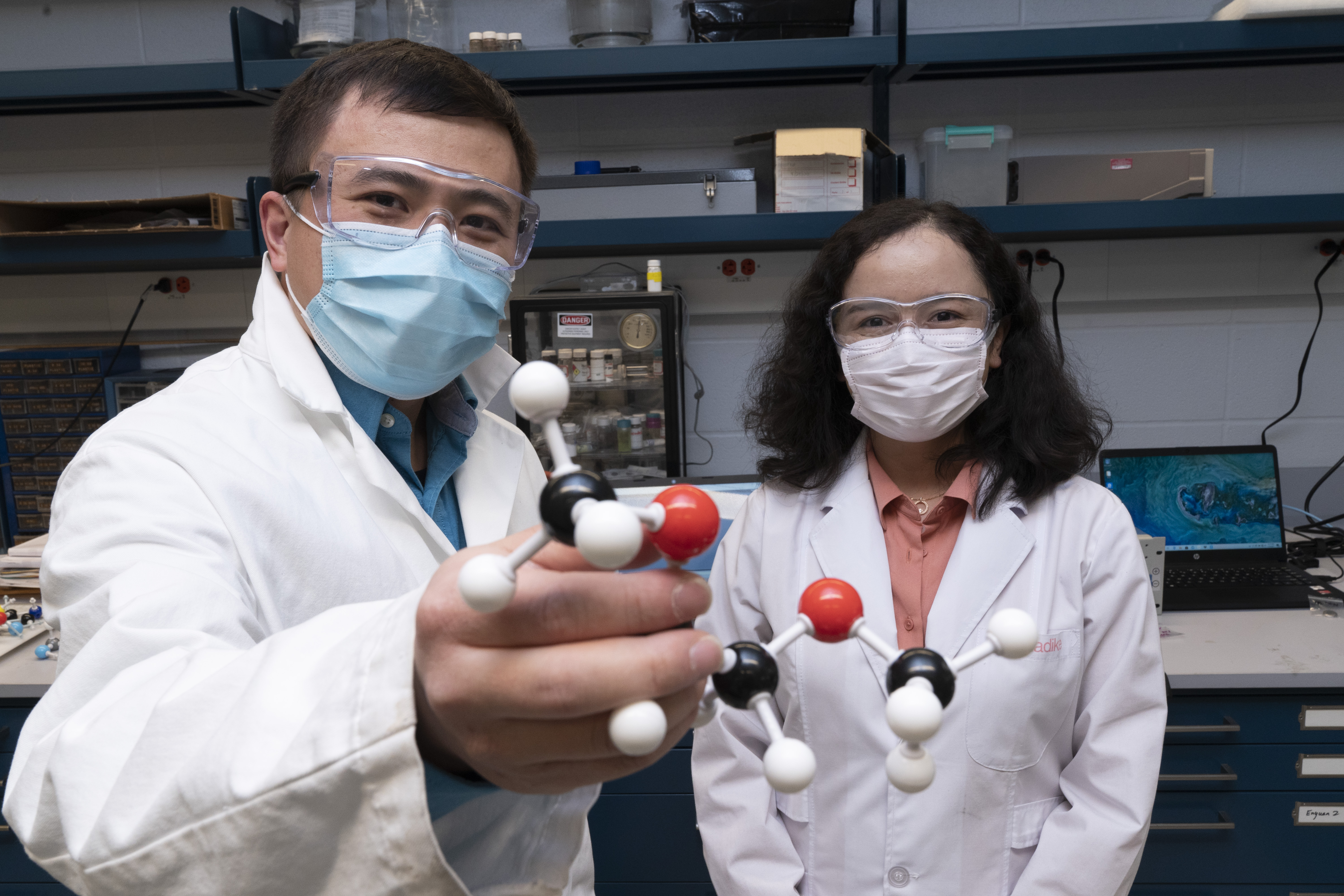
UPTON, NY—A team of researchers led by chemists at the U.S. Department of Energy’s (DOE) Brookhaven National Laboratory has identified new details of the reaction mechanism that takes place in batteries with lithium metal anodes. The findings, published today in Nature Nanotechnology, are a major step towards developing smaller, lighter, and less expensive batteries for electric vehicles.
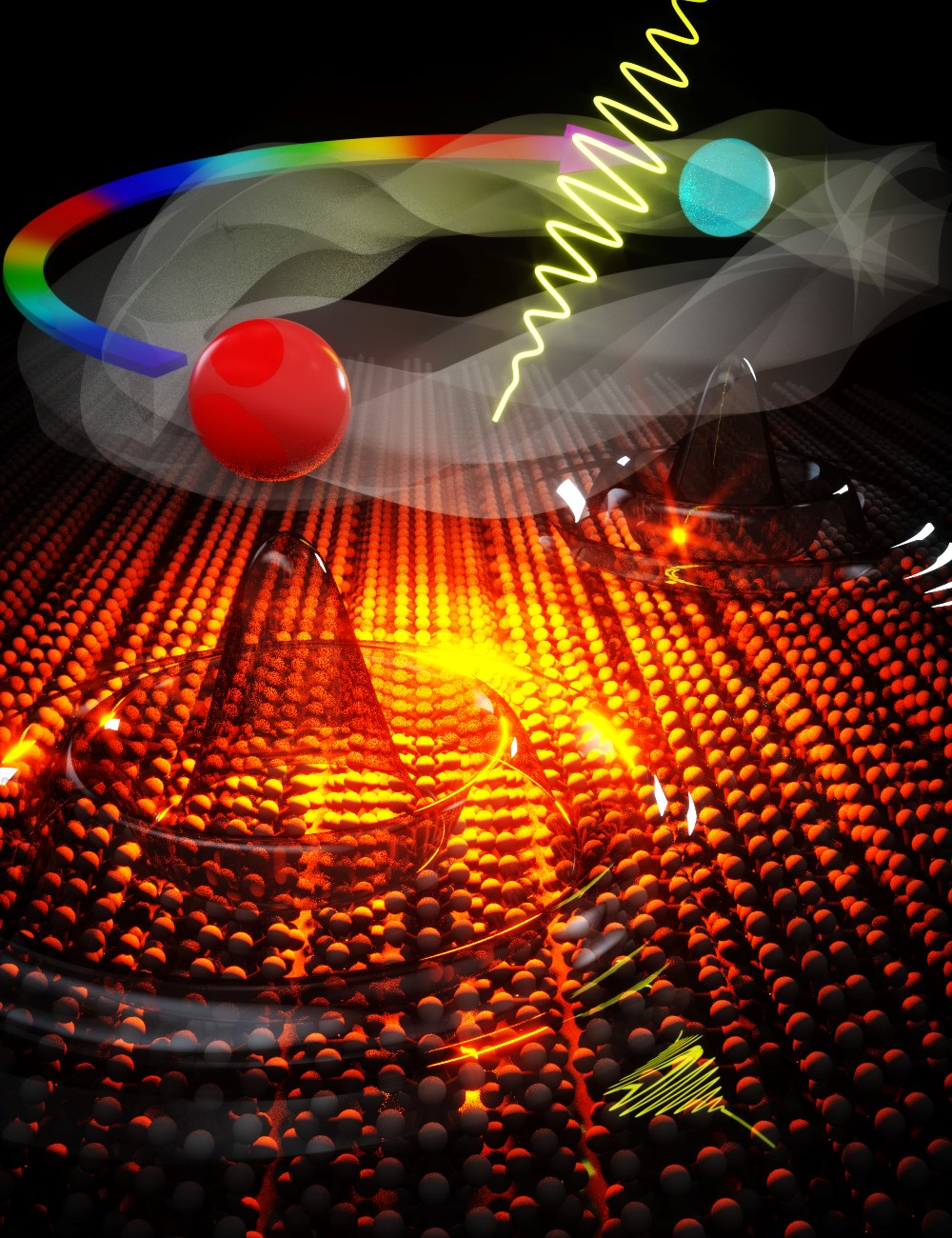
Scientists at the U.S. Department of Energy’s Ames Laboratory and collaborators at Brookhaven National Laboratory and the University of Alabama at Birmingham have discovered a new light-induced switch that twists the crystal lattice of the material, switching on a giant electron current that appears to be nearly dissipationless. The discovery was made in a category of topological materials that holds great promise for spintronics, topological effect transistors, and quantum computing.
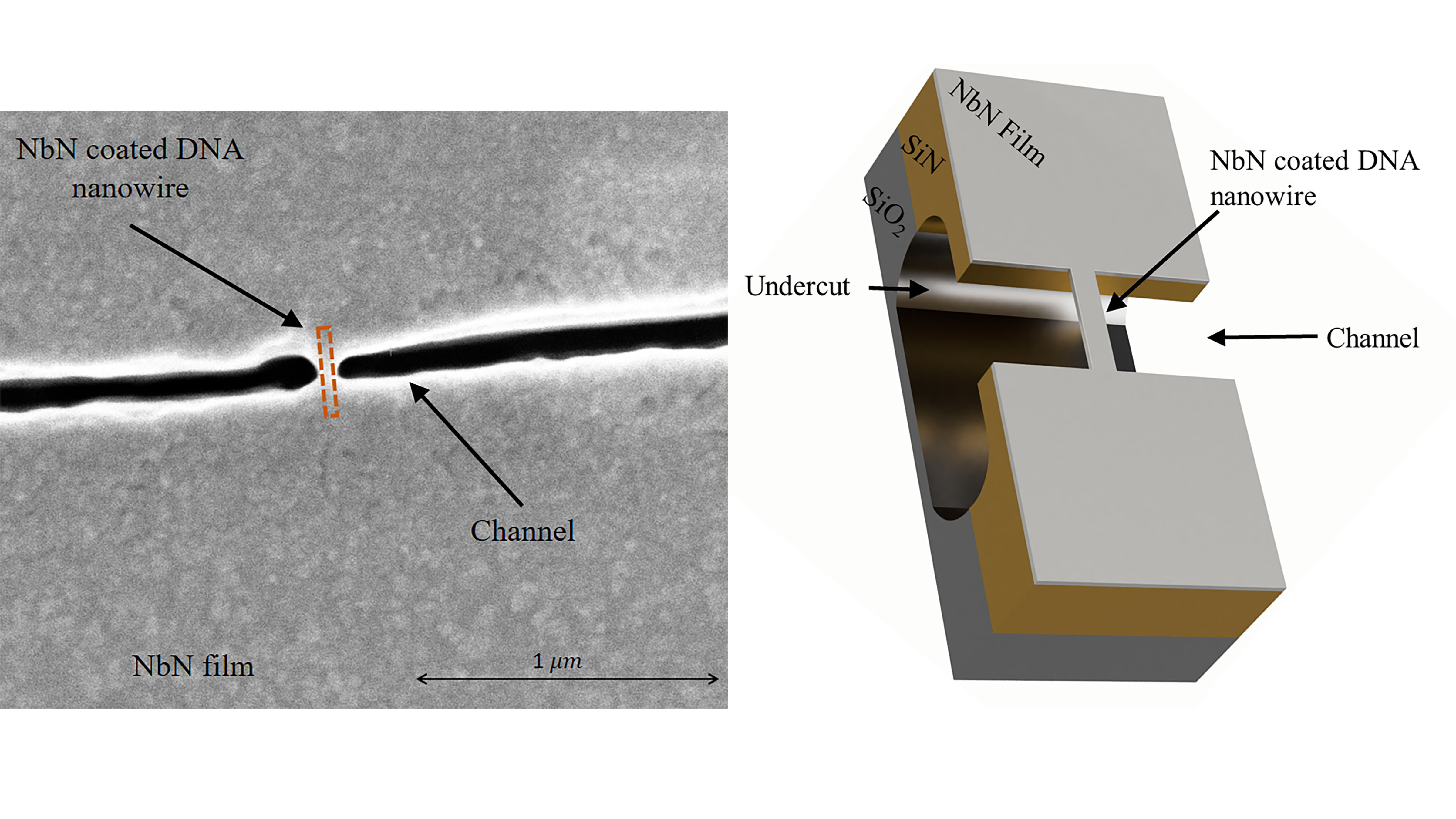
In AIP Advances, researchers describe how to exploit DNA origami as a platform to build superconducting nanoarchitectures. The structures they built are addressable with nanometric precision that can be used as a template for 3D architectures that are not possible today via conventional fabrication techniques. Inspired by previous works using the DNA molecule as a template for superconducting nanowires, the group took advantage of a recent bioengineering advance known as DNA origami to fold DNA into arbitrary shapes.
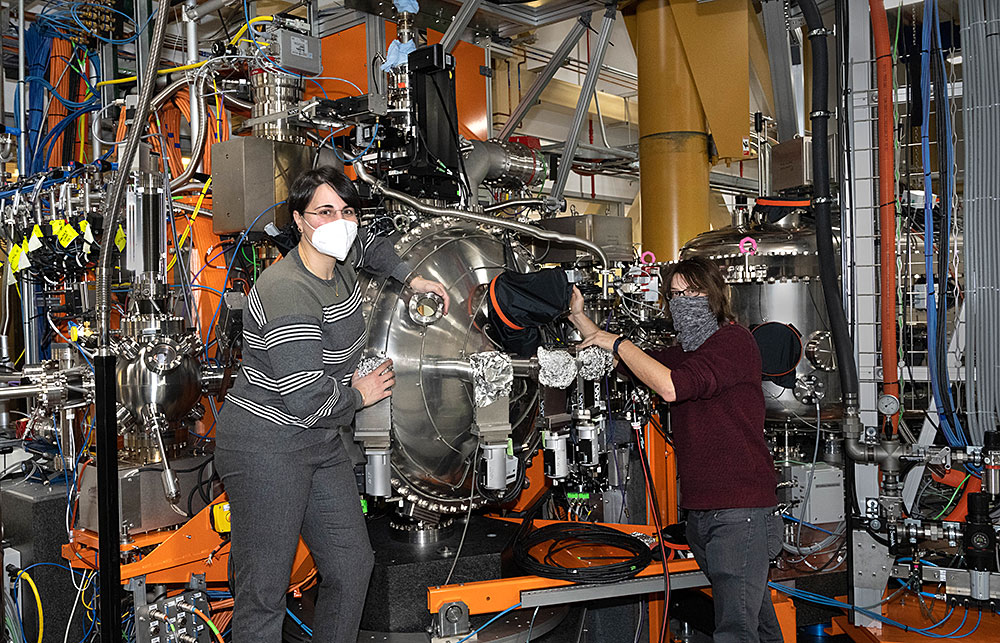
UPTON, NY—Marking a major achievement in the field of spintronics, researchers at the U.S. Department of Energy’s (DOE) Brookhaven National Laboratory and Yale University have demonstrated the ability to control spin dynamics in magnetic materials by altering their thickness. The study, published today in Nature Materials, could lead to smaller, more energy-efficient electronic devices.
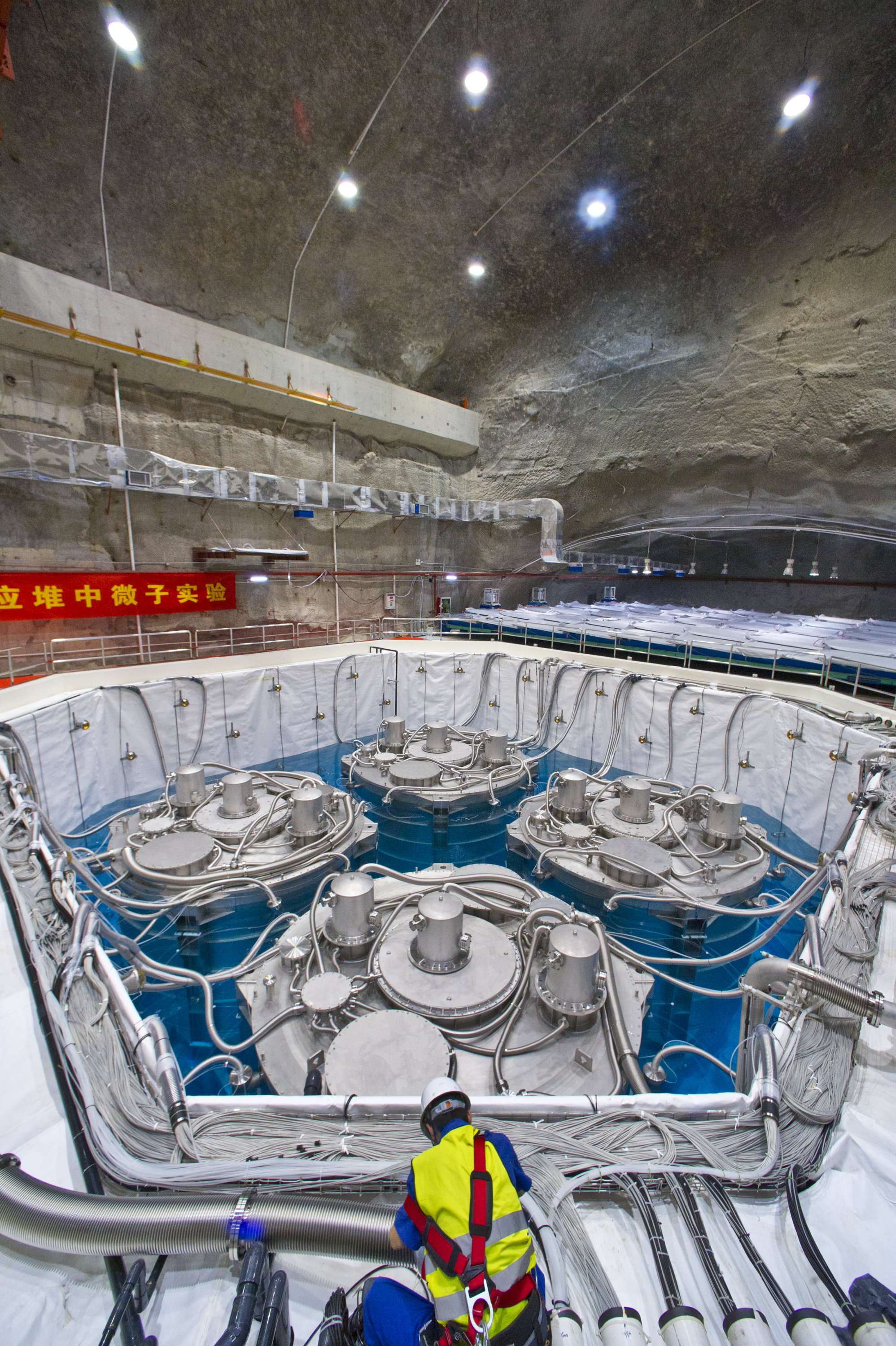
The Daya Bay Reactor Neutrino Experiment collaboration – which made a precise measurement of an important neutrino property eight years ago, setting the stage for a new round of experiments and discoveries about these hard-to-study particles – has finished taking data. Though the experiment is formally shutting down, the collaboration will continue to analyze its complete dataset to improve upon the precision of findings based on earlier measurements.
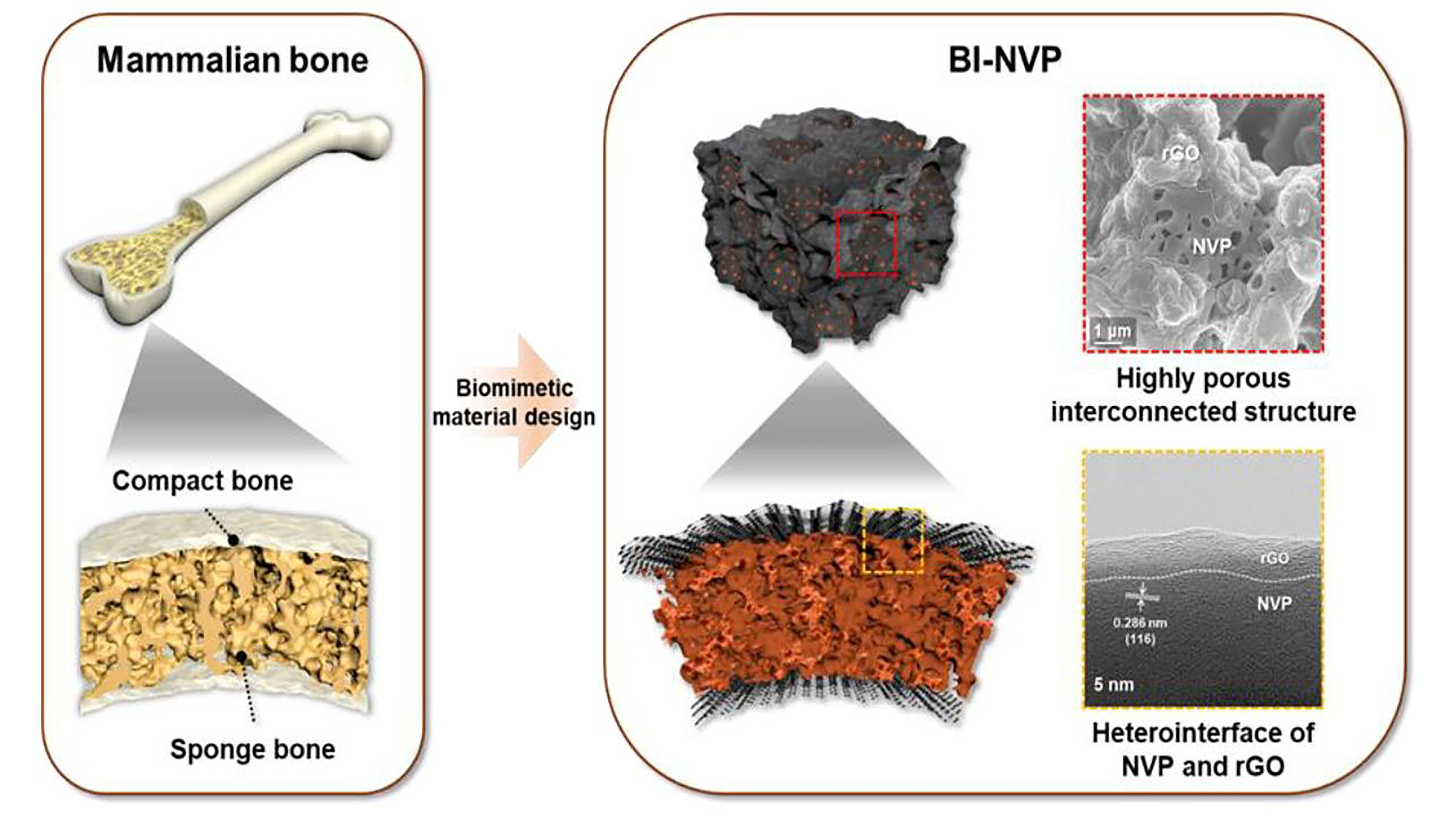
Sodium-ion batteries offer several advantages over lithium-ion batteries; however, it is difficult to develop sodium cathodes, materials through which electrons can enter a battery. Many candidate materials are unstable or cannot withstand high voltages. To find a solution, researchers turned to nature. They created a porous system of NVP structures, surrounded by a dense shell of reduced graphene oxide. They describe the mammal bone-inspired sodium cathode in the journal Applied Physics Reviews.
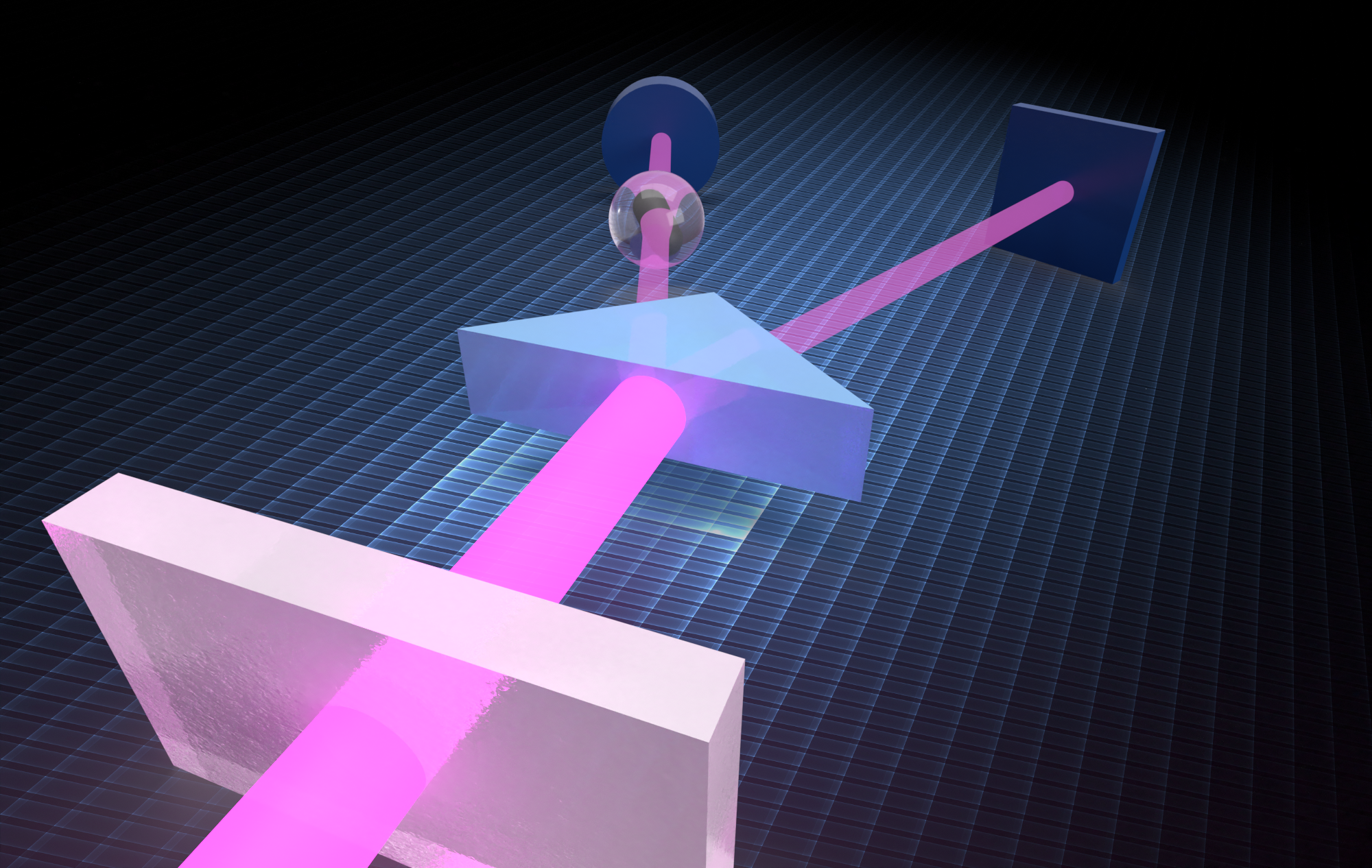
UPTON, NY—Scientists at the U.S. Department of Energy’s (DOE) Brookhaven National Laboratory have begun building a quantum-enhanced x-ray microscope at the National Synchrotron Light Source II (NSLS-II). This groundbreaking microscope, supported by the Biological and Environmental Research progam at DOE’s Office of Science, will enable researchers to image biomolecules like never before.
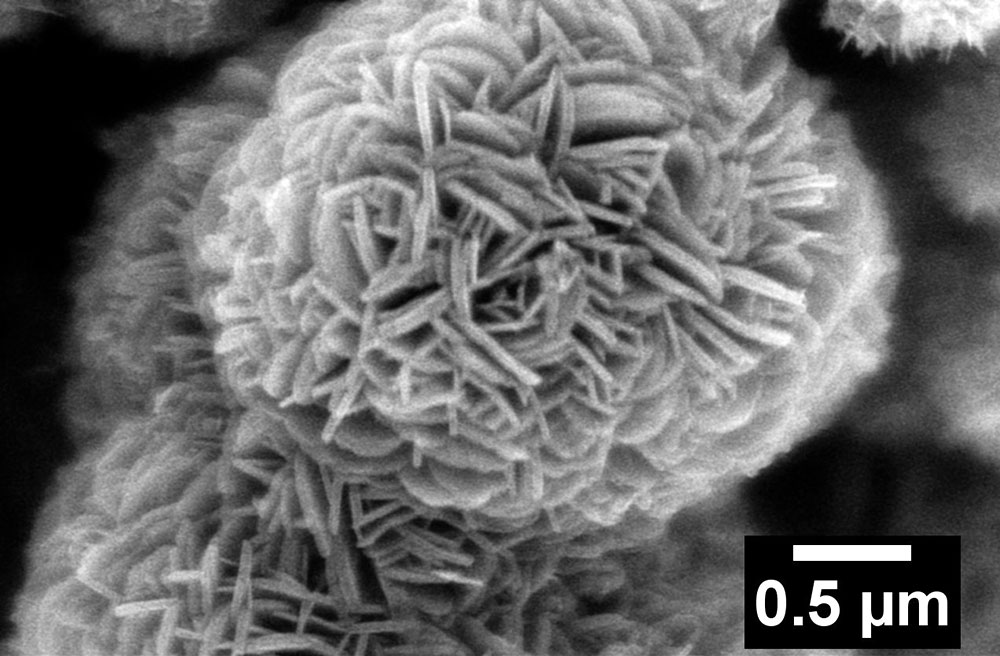
Scientists improved the performance of a battery electrode material with a unique flower-shaped nanostructure.
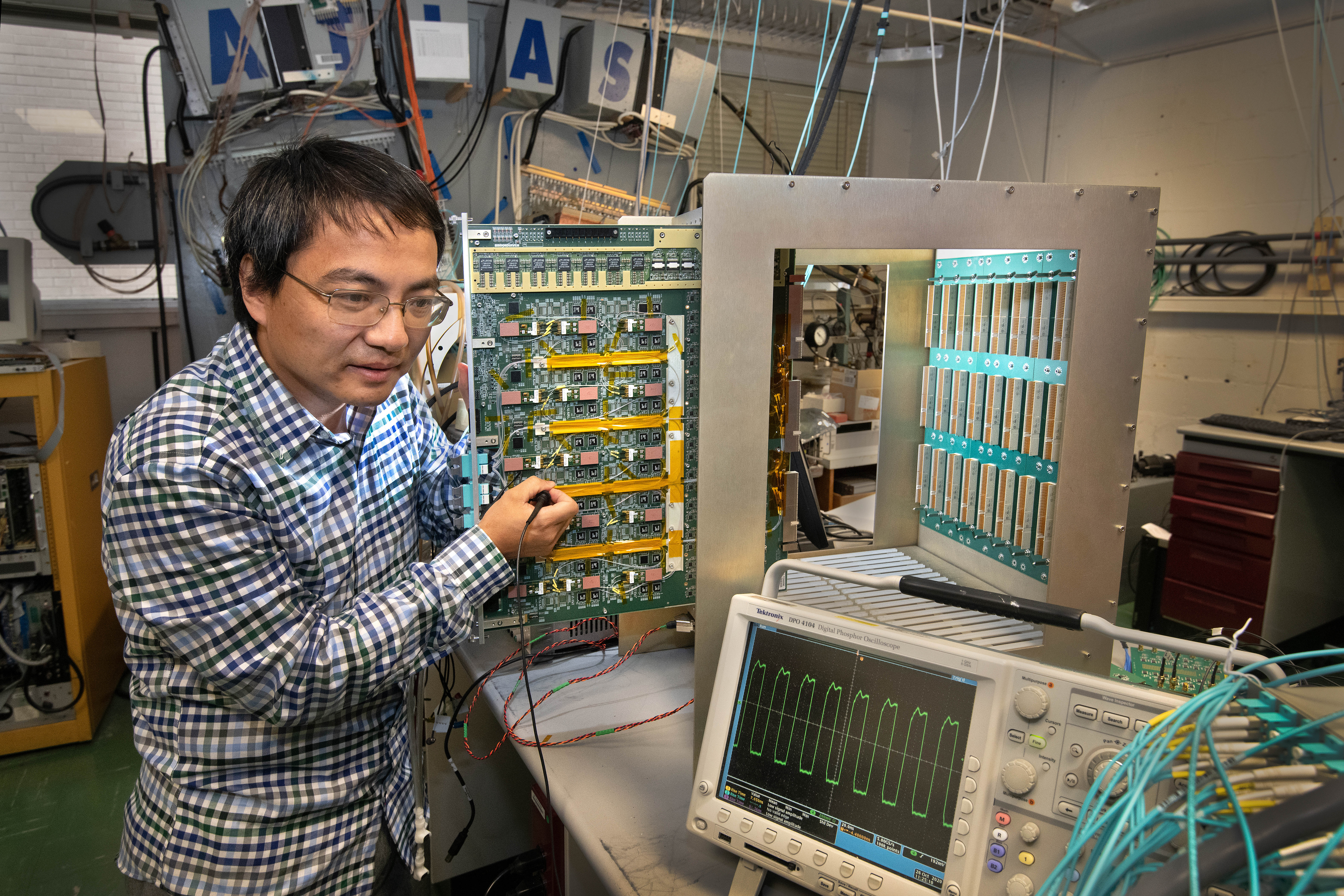
In recognition of project management excellence, the U.S. Department of Energy (DOE) has awarded the U.S. ATLAS Phase I Detector Upgrade team, led by DOE’s Brookhaven National Laboratory and Stony Brook University, with the Secretary’s Achievement Award. The upgrade is one of only three projects to be honored with a DOE project management award this year.
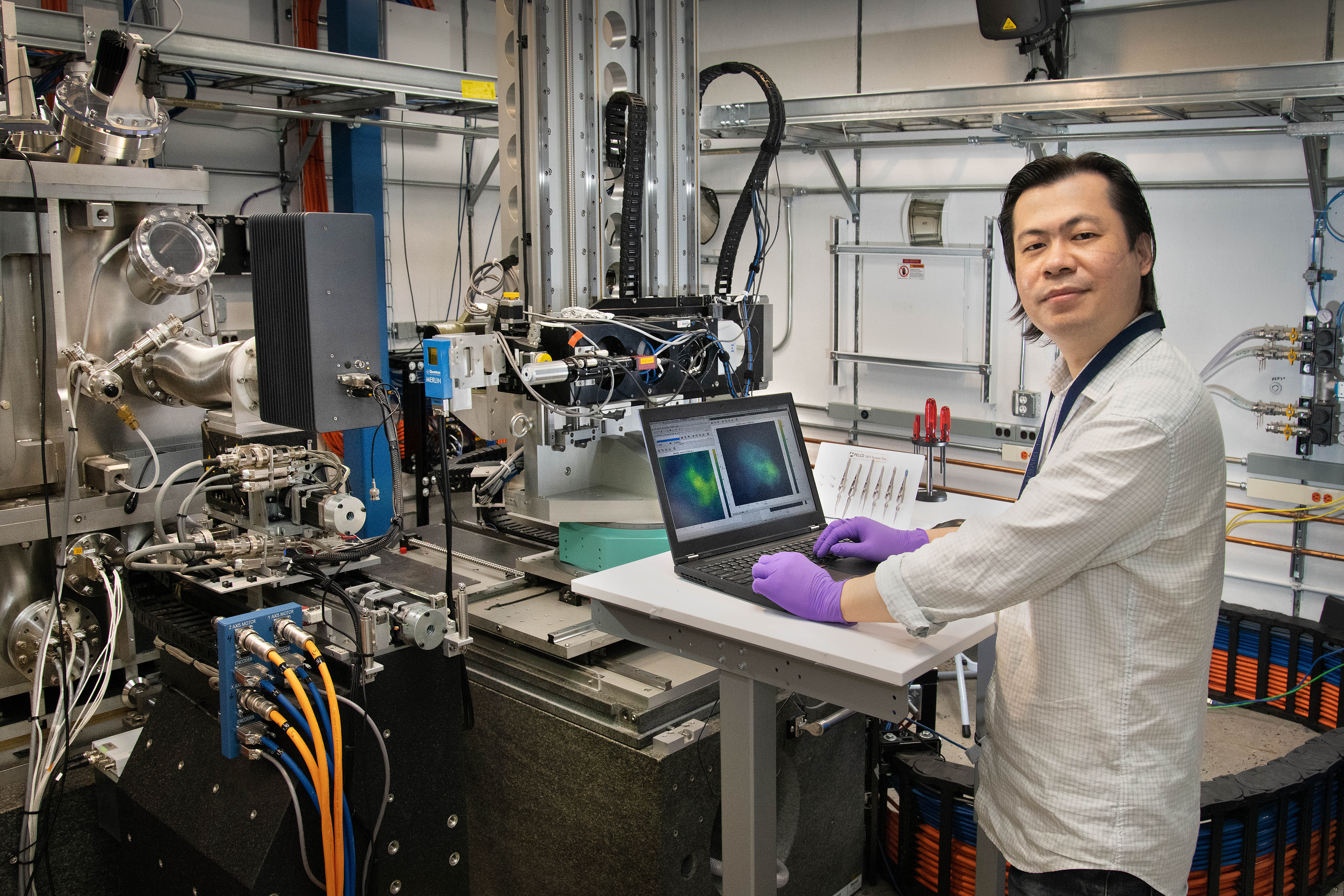
From smartphones to laptops, the demand for smaller and faster electronics is ever increasing. And as more everyday activities move to virtual formats, making consumer electronics more powerful and widely available is more important than ever. IBM is one company at the forefront of this movement, researching ways to shrink and redesign their microelectronics—the transistors and other semiconductor devices that make up the small but mighty chips at the heart of all consumer electronics.

Joshua Carter is a co-founder and the CEO of Helix BioStructures, a contract research organization serving the pharmaceutical industry in early-phase drug discovery. Since starting Helix Biostructures in 2017, Carter has leveraged the fast-paced, industrial capabilities of the National Synchrotron Light Source II (NSLS-II)—a U.
rookhaven Lab is moving its Summer Sunday program to an online format for 2020. Over three Sundays this summer, the Lab will host a series of live, virtual events for everyone to interact with the Lab in a new way. Each event will feature a guided tour of a Brookhaven Lab facility followed by a live Q&A with a panel comprised of the facility’s scientists.
Cosmologists at the U.S. Department of Energy’s (DOE) Brookhaven National Laboratory are experimenting with a prototype radio telescope, called the Baryon Mapping Experiment (BMX). Built at the Lab in 2017, the prototype serves as a testbed for managing radio interference and developing calibration techniques. Lessons learned from the prototype could pave the way for Brookhaven to develop a much larger radio telescope in collaboration with other national Labs, universities, and international partners.
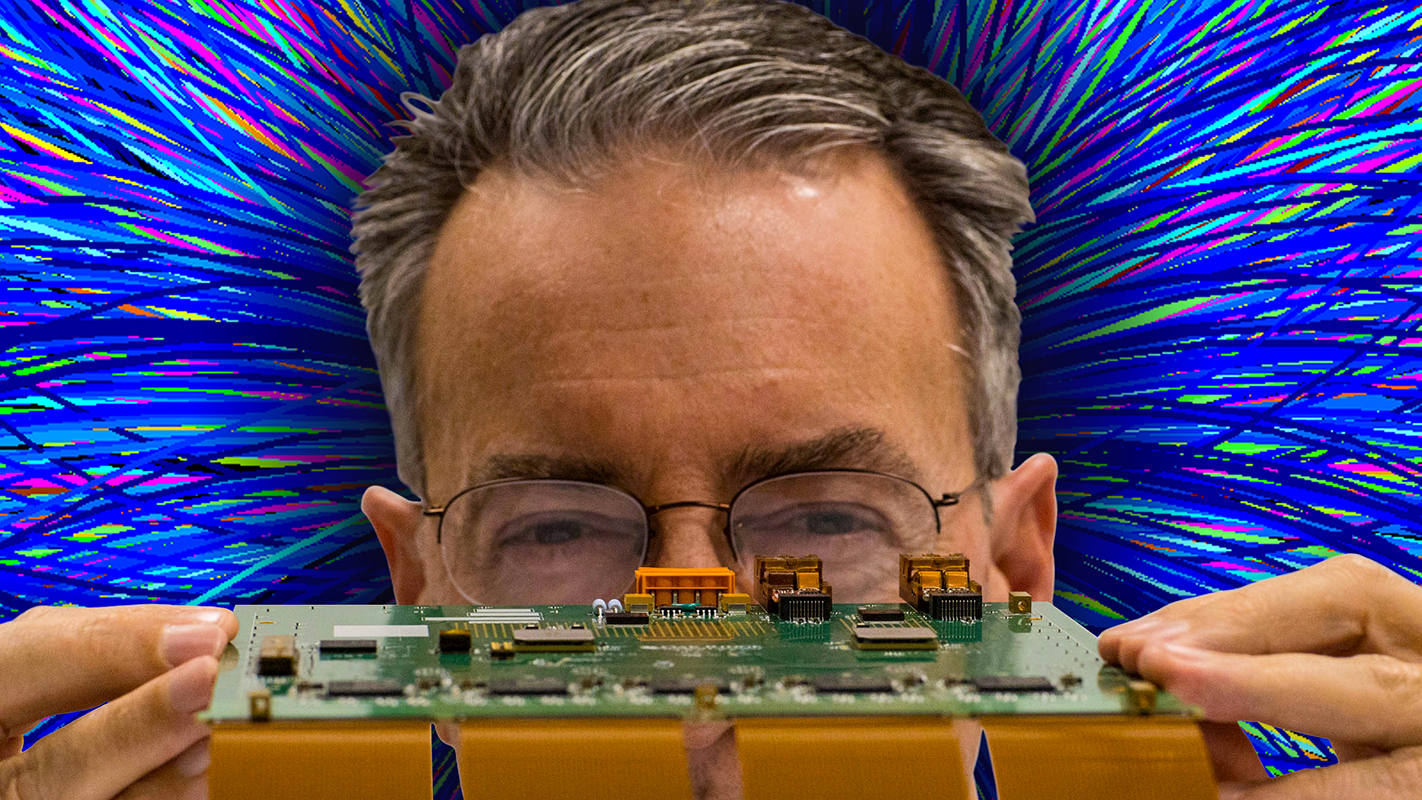
For an experiment that will generate big data at unprecedented rates, physicists led design, development, mass production and delivery of an upgrade of novel particle detectors and state-of-the art electronics.
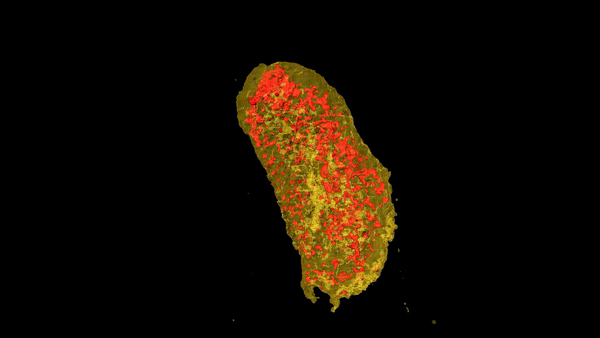
A team of scientists including researchers at the National Synchrotron Light Source II have demonstrated a new technique for imaging proteins in 3-D with nanoscale resolution. Their work, published in the Journal of the American Chemical Society, enables researchers to identify the precise location of proteins within individual cells, reaching the resolution of the cell membrane and the smallest subcellular organelles.
UPTON, NY—On Thursday, Jan. 30 and Friday, Jan. 31, the U.S. Department of Energy’s (DOE) Brookhaven National Laboratory held two back-to-back installments of the Long Island Science Bowl, a regional branch of DOE’s 30th annual National Science Bowl® (NSB). In this fast-paced question-and-answer showdown, teams of students from across Long Island were tested on a range of science disciplines including biology, chemistry, Earth science, physics, energy, and math.